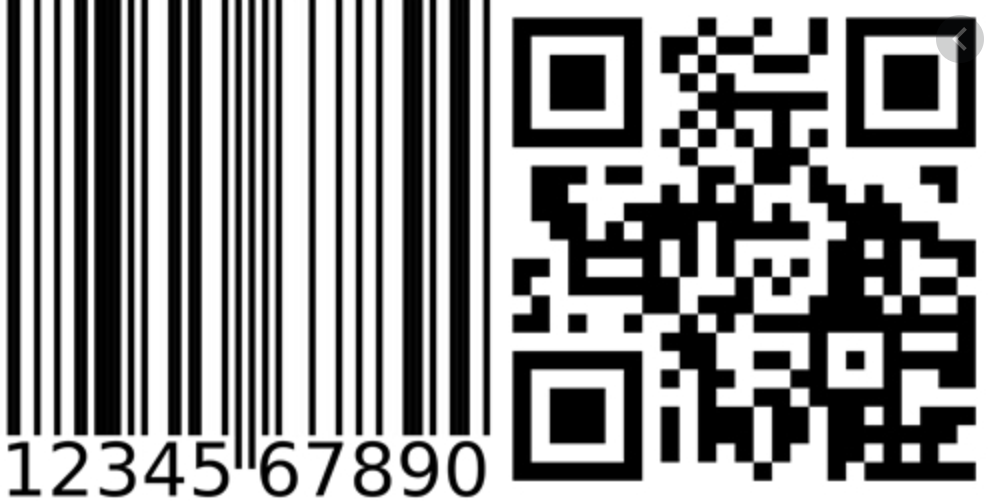
Advantages of 2D Barcodes
Until relatively recently, barcode scanning was limited to laser barcode scanners and one-dimensional (1D) barcodes. However, the advent of imaging scanners and two-dimensional (2D) barcodes has unlocked a number of important new improvements and capabilities. Understanding these advancements reveals why 2D barcodes and barcode imagers are now the ideal choice for virtually any scanning application.
2D vs. 1D Barcodes: How Do They Differ?
Data Storage and Capacity
- A 1D barcode uses variable-width lines and spaces to encode data. This linear approach limits data storage to only a few dozen characters, and it means the barcode gets longer as you add more data to it.
- A 2D barcode uses patterns of squares, hexagons, dots, and other shapes to encode data. This means data can be encoded vertically and horizontally, which means 2D barcodes can hold more data in a much smaller space.
- A 2D barcode can hold hundreds of characters compared to a few dozen with a 1D barcode.
- In addition, thanks to its added capacity, a 2D barcode can store images, website URLs, voice data, and other binary data types. In contrast, a 1D barcode is limited to alphanumeric information only.
Ease of Scanning
- As an added benefit, the vertical and horizontal orientation of a 2D barcode means you can scan it at virtually any angle. This is far more efficient for scanning operations compared to a 1D barcode, which requires that a scanner’s laser be properly aligned with the barcode.
- Anyone who has ever used a self-checkout lane at a supermarket can probably appreciate the frustration of not being able to scan items quickly and easily due to this alignment requirement.
Database Dependence vs. Independence
- 1D barcodes are database-dependent. You need to scan each barcode and relate it to data in a database, such as GS1 barcodes.
- Since a 2D barcode can hold much more data, including information of varying types, you don’t need to access a database to make use of the encoded information. You can store, scan, and retrieve all the data you need from the code itself.
2D vs. 1D Barcodes: How Do They Differ?
Since the large-scale introduction of barcoding technology in the 1970s, laser scanners have been the industry standard due to their reliable performance and low cost. However, they can only scan 1D barcodes, and they require a laser to be horizontally aimed across the black-and-white bars of a barcode, using reflected light to read its pattern. If the aim is off, if there’s poor contrast, or if the barcode is poorly printed or damaged, you won’t get a positive read.
To address these issues, imagers have been introduced and are now used for their added capabilities and extremely flexible, reliable scanning of both 1D and 2D barcodes. Rather than relying on laser light and reflectivity, an imager takes a picture of a barcode. This means it can capture a barcode at any angle, in any direction, on any surface. It can even capture barcodes printed on a label, shown on a screen, or positioned upside down or sideways.
In addition, imagers have advanced scanning capabilities that capture barcodes even if they’re smudged, scratched, damaged, or poorly printed. The end result is first-time, every-time data capture that dramatically speeds up scanning processes and improves efficiency.